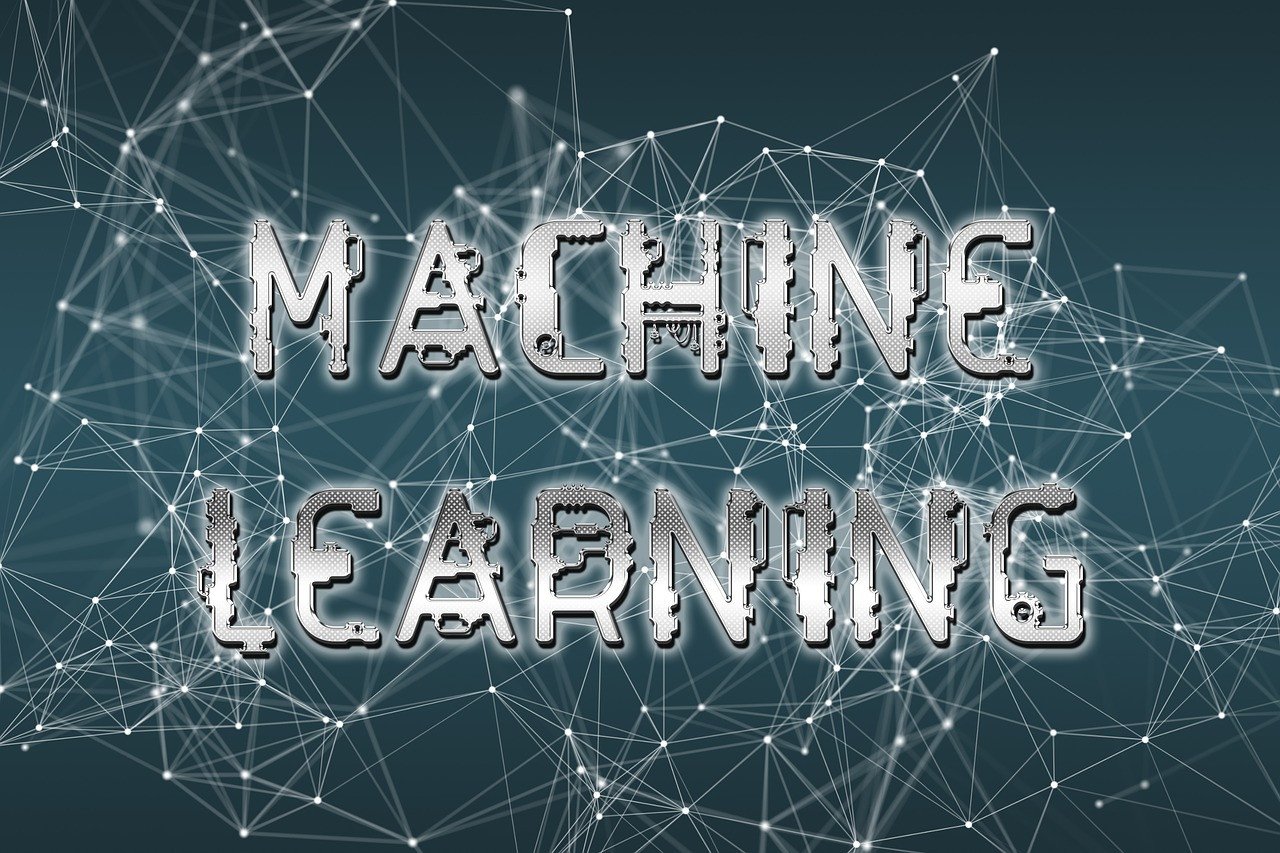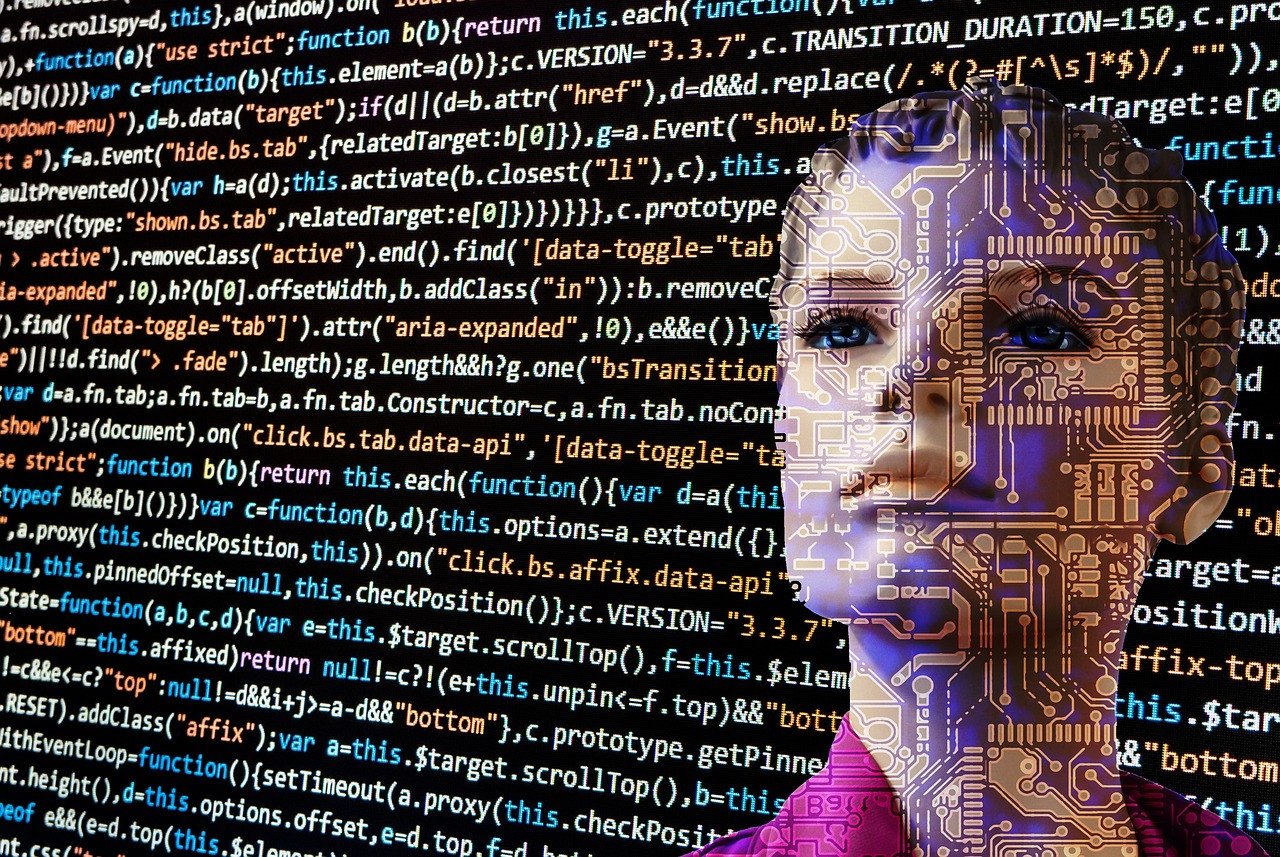How to you Learn to program artificial intelligence
Learn to program artificial intelligence
"Demystifying AI: A Beginner's Guide to Artificial Intelligence in 2024" offers a comprehensive roadmap for navigating the intricate landscape of Artificial Intelligence (AI). In an era where AI seems like a realm of daunting complexity, this guide serves as a beacon for novices, unraveling the core concepts and practical steps needed to comprehend and harness the power of AI. From defining AI and elucidating its importance across various industries to outlining the myriad career opportunities it presents, this article sets the stage for an enlightening journey into the world of AI. It emphasizes the global impact, lucrative career prospects, and intellectual allure of delving into this cutting-edge field. With a structured approach, readers are guided through mastering foundational prerequisites, understanding core AI concepts like machine learning and deep learning, and embarking on practical applications through hands-on projects.
The guide also underscores the significance of continuous learning and community engagement to stay abreast of AI's rapid evolution. Furthermore, it explores avenues for AI education and career advancement, highlighting specialized degree programs such as those offered by IU International University of Applied Sciences. Through FAQs, readers gain insights into common queries surrounding the timeframe for learning AI, the different types of AI, and distinctions between AI, machine learning, and deep learning. Ultimately, this guide encapsulates the essence of AI as a transformative force shaping the digital landscape, empowering readers to embark on a rewarding journey of AI exploration and mastery.

Beginner's Guide to Artificial Intelligence in 2024:
Unveiling the complexities of Artificial Intelligence (AI) can feel like untangling a web of futuristic concepts. But fear not! This comprehensive guide serves as your roadmap to understanding and mastering AI, even as a complete beginner.
What is Artificial Intelligence and Why is it Important:
AI embodies the creation of intelligent machines capable of mimicking human cognitive functions, including learning, problem-solving, and pattern recognition. It's revolutionizing various sectors, from healthcare and finance to entertainment and education.
Why Learn AI:
- Global Impact:AI is a driving force shaping the future across diverse industries.
- Career Opportunities: The demand for AI specialists like data scientists and machine learning engineers is booming.
- Competitive Advantage: AI expertise opens doors to lucrative careers and propels you ahead in your current field.
- High-Paying Field: AI professionals are among the top earners in tech, with an average salary exceeding $120,000 annually.
- Intellectual Challenge: AI offers the thrill of solving complex problems and pioneering technological advancements.
Getting Started with AI: A Step-by-Step Approach:
While vast, AI can be conquered systematically. Here's a breakdown of the learning process:
1. Mastering the Prerequisites:
Mathematics:
Learning mathematics can significantly enhance your programming skills. Here's a summary of how to approach learning mathematics to improve your programming abilities:
- Foundational Mathematics: Start with foundational mathematics concepts such as arithmetic, algebra, geometry, and trigonometry. These form the basis for understanding more complex mathematical concepts used in programming.
- Logic and Discrete Mathematics: Familiarize yourself with logic, set theory, and discrete mathematics. These are essential for understanding algorithms, data structures, and problem-solving in programming.
- Linear Algebra: Learn linear algebra, which is crucial for tasks like graphics programming, machine learning, and data analysis. Focus on vectors, matrices, linear transformations, and their applications.
- Calculus: Study calculus, particularly differential and integral calculus. It's essential for understanding rates of change, optimization, and many algorithms used in machine learning, physics simulations, and engineering applications.
- Probability and Statistics: Gain proficiency in probability theory and statistics. These are essential for understanding randomness, uncertainty, and data analysis, which are fundamental in many programming tasks, especially in data science and machine learning.
- Algorithm Analysis: Understand algorithm analysis techniques, including Big O notation and complexity analysis. This knowledge helps you evaluate the efficiency and performance of algorithms, crucial for writing efficient code.
- Graph Theory: Explore graph theory, which is essential for understanding networks, data structures like graphs and trees, and algorithms for tasks like shortest path finding, network flow, and clustering.
- Number Theory: While not directly applicable in all programming domains, understanding number theory concepts like primes, modular arithmetic, and cryptography can be beneficial, especially in security-related programming tasks.
- Practice and Application: Apply mathematical concepts to programming problems. Participate in coding challenges, work on projects, and solve problems that require mathematical reasoning and algorithmic thinking.
Continuous Learning: Mathematics is a vast field, so embrace continuous learning. Keep exploring new mathematical concepts and their applications in programming to expand your skill set.
By mastering these mathematical concepts and their applications in programming, you'll not only become a better programmer but also open up opportunities in various domains such as data science, machine learning, game development, and more..
Programming:
Learning Python is a great starting point for diving into artificial intelligence (AI) due to its simplicity, versatility, and extensive libraries. Here's a summary of how to learn Python specifically geared towards AI:

- Basics of Python: Start by learning the basics of Python programming language such as syntax, data types, control structures, functions, and object-oriented programming (OOP) concepts. There are numerous online tutorials, courses, and books available for beginners.
- NumPy and SciPy: Familiarize yourself with NumPy and SciPy libraries, which provide powerful tools for numerical computing, linear algebra, optimization, and integration. These libraries are essential for handling large datasets and performing mathematical operations efficiently.
- Pandas: Learn Pandas library for data manipulation and analysis. Pandas provides data structures like DataFrame and Series, which are widely used in AI projects for data preprocessing, cleaning, and exploration.
- Matplotlib and Seaborn: Explore Matplotlib and Seaborn libraries for data visualization. These libraries allow you to create various types of plots and charts to analyze and visualize data effectively.
- Machine Learning with scikit-learn: Dive into machine learning using scikit-learn library, which offers a wide range of algorithms and tools for supervised and unsupervised learning, including classification, regression, clustering, dimensionality reduction, and model evaluation.
- Deep Learning with TensorFlow or PyTorch: Choose between TensorFlow or PyTorch for deep learning projects. Both frameworks provide high-level APIs for building and training neural networks, along with low-level functionalities for advanced customization. Start with introductory tutorials and gradually move on to more complex topics like convolutional neural networks (CNNs), recurrent neural networks (RNNs), and generative adversarial networks (GANs).
- Natural Language Processing (NLP): If interested in NLP, explore libraries like NLTK (Natural Language Toolkit) and spaCy for text processing, sentiment analysis, named entity recognition, and text classification tasks. Additionally, dive into pre-trained language models like BERT and GPT for advanced NLP applications.
- Reinforcement Learning: If interested in reinforcement learning, study libraries like OpenAI Gym for building and testing reinforcement learning environments, and frameworks like TensorFlow or PyTorch for implementing reinforcement learning algorithms such as Q-learning, Deep Q-Networks ( DQN), and policy gradients.
- Projects and Practice: Apply your Python and AI skills to real-world projects and competitions. Work on Kaggle competitions, build AI-based applications, and contribute to open-source AI projects to gain practical experience and showcase your abilities.
- Continuous Learning and Community Engagement: Stay updated with the latest developments in Python and AI by reading blogs, attending workshops, and participating in online forums and communities. Continuous learning and networking with peers will help you stay motivated and informed in your AI journey.
By following these steps and consistently practicing Python programming in the context of AI, you'll develop the skills and knowledge needed to build intelligent systems and tackle complex AI challenges.
conclusion:
As we draw the curtains on this exploration of Artificial Intelligence (AI), we stand at the threshold of a realm brimming with possibilities and promise. Through the lens of this beginner's guide, we have demystified the complexities of AI, offering a roadmap for novices to embark on their journey of comprehension and mastery.
In traversing the vast expanse of AI, we have unveiled its significance in shaping the future across myriad industries. From healthcare advancements to financial innovations, AI stands as the harbinger of transformative change, offering abundant career prospects and intellectual stimulation.
Guided by a structured approach, we have navigated the foundational pillars of AI, from mathematical prerequisites to the practical application of core concepts. Armed with Python prowess and a nuanced understanding of machine learning and deep learning, aspiring AI enthusiasts are equipped to embark on their educational odyssey with confidence.
Yet, the journey does not culminate with mere acquisition of knowledge; rather, it extends into a continuum of growth and evolution. With a commitment to continuous learning and community engagement, individuals can remain at the forefront of AI advancements, contributing meaningfully to its unfolding narrative.
As we bid adieu to this beginner's guide, we extend an invitation to embrace the boundless possibilities that await within the realm of AI. Whether forging new career pathways or delving deeper into educational pursuits, the voyage of AI beckons with open arms, promising a world of innovation, discovery, and transformative impact. So, heed the call, embark on your AI odyssey, and dare to shape the future of technology in the ever-evolving landscape of 2024 and beyond.











Comments (0)
No comments found